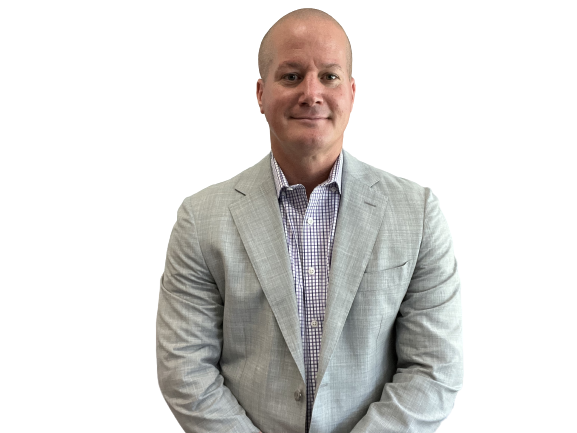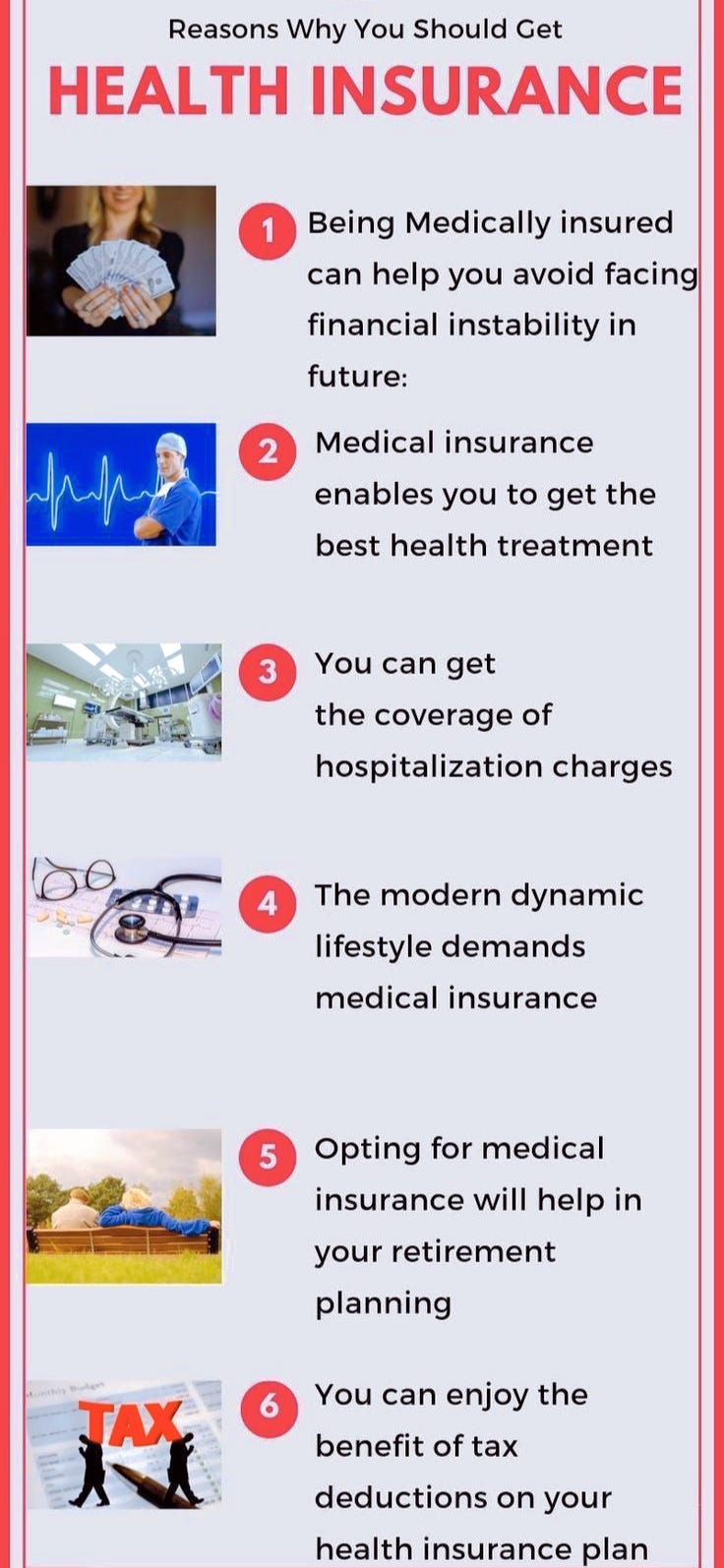Unknown Facts About Medicare Advantage Agent
Unknown Facts About Medicare Advantage Agent
Blog Article
Indicators on Medicare Advantage Agent You Should Know
Table of ContentsUnknown Facts About Medicare Advantage AgentHow Medicare Advantage Agent can Save You Time, Stress, and Money.The Main Principles Of Medicare Advantage Agent


follows from complies with the perplexing young age profile of the uninsured with the better healthMuch better health and wellness average, standard younger personsMore youthful For those without accessibility to office wellness insurance, bad health and wellness is a possible barrier to buying nongroup coverage because such protection may be very priced, exclude pre-existing problems, or be just inaccessible. Unless otherwise kept in mind, nationwide estimates of individuals without wellness insurance policy and proportions of the population with various kinds of protection are based on the CPS, the most extensively utilized source of quotes of insurance policy protection and uninsurance rates.

5 Easy Facts About Medicare Advantage Agent Described
Over a three-year duration beginning early in 1993, 72 million people, 29 percent of the united state population, were without insurance coverage for at the very least one month. Within a single year(1994), 53 million individuals experienced at least a month without protection(Bennefield, 1998a). Six out of every ten uninsured adults are themselves utilized. Although working does enhance the probability that a person and one's household members will have insurance policy, it is not a guarantee. Even members of families with 2 permanent wage earners have virtually a one-in-ten chance of being uninsured (9.1 percent without insurance price)(Hoffman and Pohl, 2000 ). The connection between health insurance policy and accessibility to care is well established, as recorded later on in this phase. Although the partnership between health and wellness insurance policy and health end results is neither straight nor basic, a considerable medical and health and wellness solutions research literature web links medical insurance coverage
to better accessibility to care, far better top quality, and boosted individual and population health standing. As an example, the 2nd record, on individual health end results for without insurance grownups, is represented by the inner circle of the number, while the third report, on household health, encompasses the subjects of the 2nd report yet emphasizes a different unit of analysis, namely, the household. The 6th record in the collection will certainly offer info about methods and efforts undertaken in your area, statewide, or across the country to resolve the absence of insurance coverage and its negative impacts. Levels of analysis for taking a look at the impacts of uninsurance. This conversation of medical insurance coverage concentrates mainly on the U.S. populace under age 65 because essentially all Americans 65 and older have Medicare or various other public coverage.
Additionally, it concentrates specifically on those with no medical insurance for any type of length of time. The problems faced by the underinsured remain in some areas similar to those dealt with by the uninsured, although they are typically much less extreme. Uninsurance and underinsurance, nonetheless, involve distinctly different policy concerns, and the methods for addressing them may differ. Throughout this research and the 5 reports to comply with, the primary emphasis is on persons without any health insurance policy and hence no help in paying for healthcare beyond what is offered through charity and safety and security net establishments. Medical insurance is a powerful aspect affecting invoice of treatment due to the fact that both individuals and physicians react to the out-of-pocket cost of services. Medical insurance, however, is neither necessary nor adequate to Related Site gain accessibility to medical solutions. Nevertheless, the independent and direct effect of health
insurance coverage on access to health services is well developed. Others will obtain the health and wellness care they require also without medical insurance, by paying for it out of pocket or seeking it from carriers that provide treatment free or at very subsidized rates. For still others, medical insurance alone does not ensure read receipt of treatment due to the fact that of other nonfinancial obstacles, such as an absence of healthcare suppliers in their neighborhood, minimal access to transport, illiteracy, or linguistic and social differences. Formal research study concerning without insurance populations in the United States dates to the late 1920s and early 1930s when the Committee on the Price of Treatment generated a series of reports about funding doctor workplace visits and hospitalizations. This concern came to be significant as the varieties of clinically indigent climbed up during the Great Clinical depression. Empirical research studies regularly support the web link in between accessibility to care and boosted health results(Bindman et al., 1995; Starfield, 1995 ). Having a routine source of treatment can be considered a forecaster of accessibility, instead of a straight step of it, when health and wellness results are themselves made use of as access indicators. This extension of the concept of accessibility measurement was made by the IOM Board on Keeping An Eye On Access to Personal Healthcare Solutions(Millman, 1993, p. Whether parents are guaranteed shows up to influence whether or not their kids obtain treatment as well as just how much careeven if the kids themselves have insurance coverage(Hanson, 1998). The wellness of moms and dads can affect their capacity to take care of their youngsters and the level of household anxiety. Fretting about their children's accessibility to care is itself a resource of anxiety for moms and dads. 3 chapters adhere to in this record. Phase 2 provides a review of just how employment-based medical insurance, public programs and individual insurance coverage plans run and connect to provide considerable but incomplete protection of the united state population. This consists of an evaluation of historic trends visit the website and public policies influencing both public and exclusive insurance policy, a conversation of the interactions among the various kinds of insurance, and an evaluation of why people move from one program to an additional or wind up

Report this page